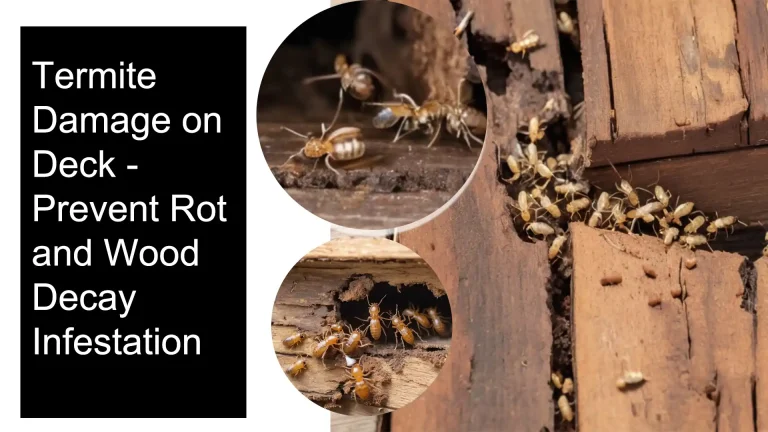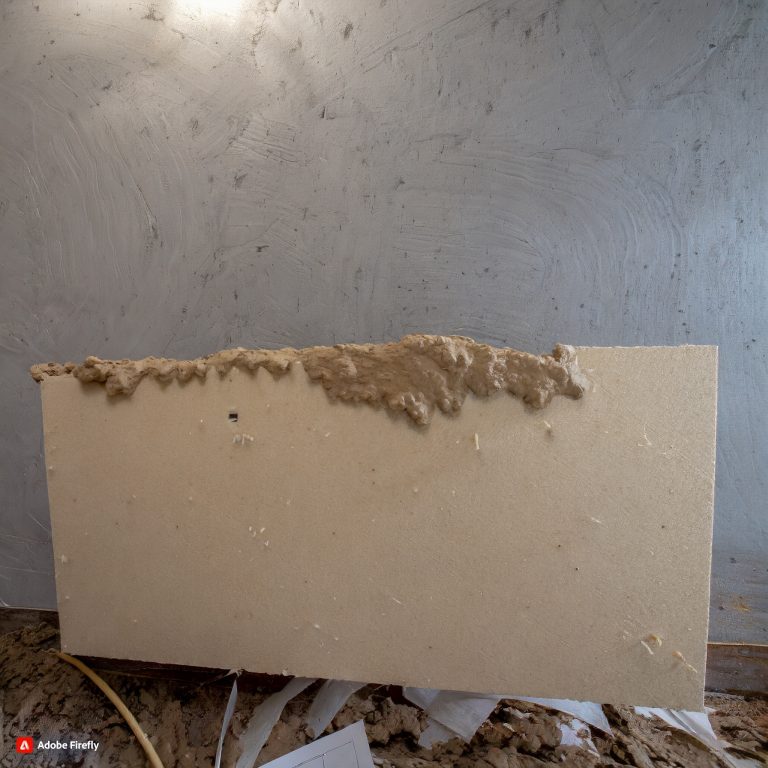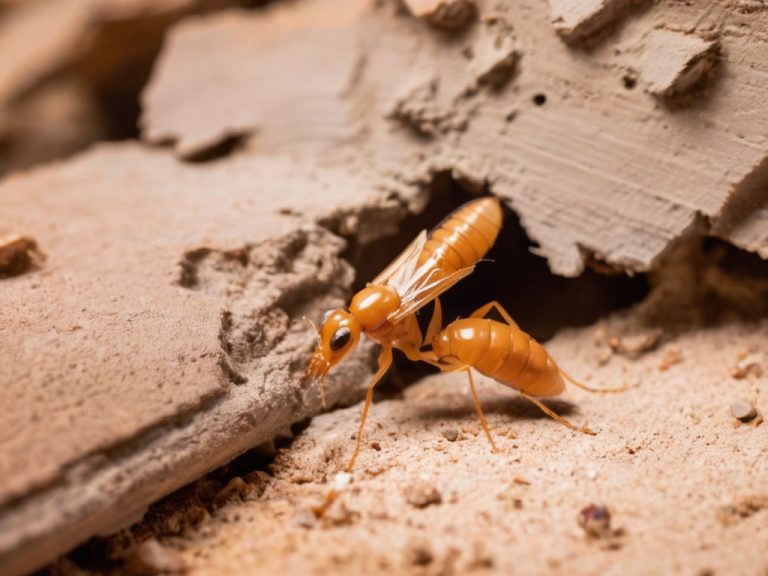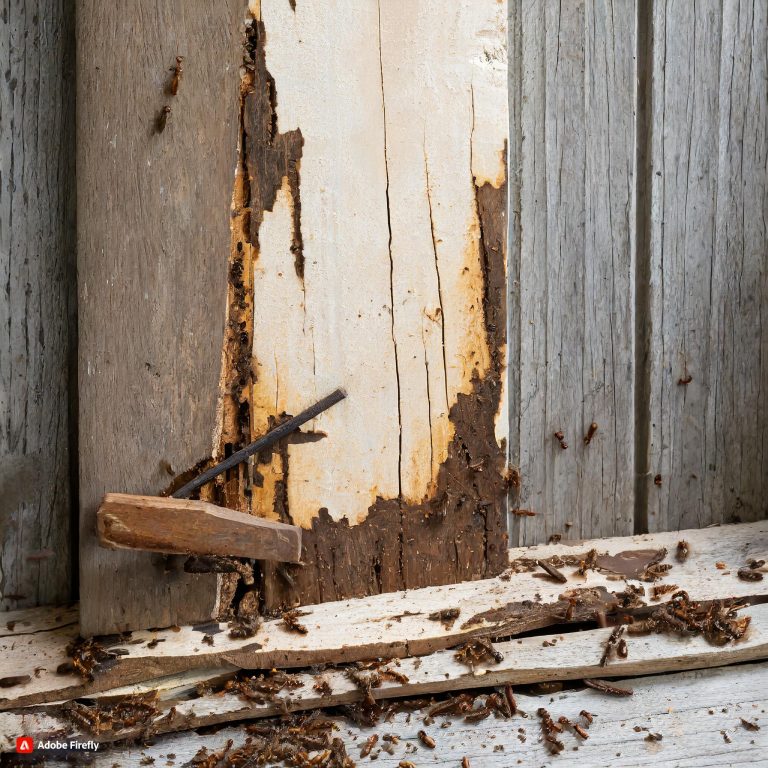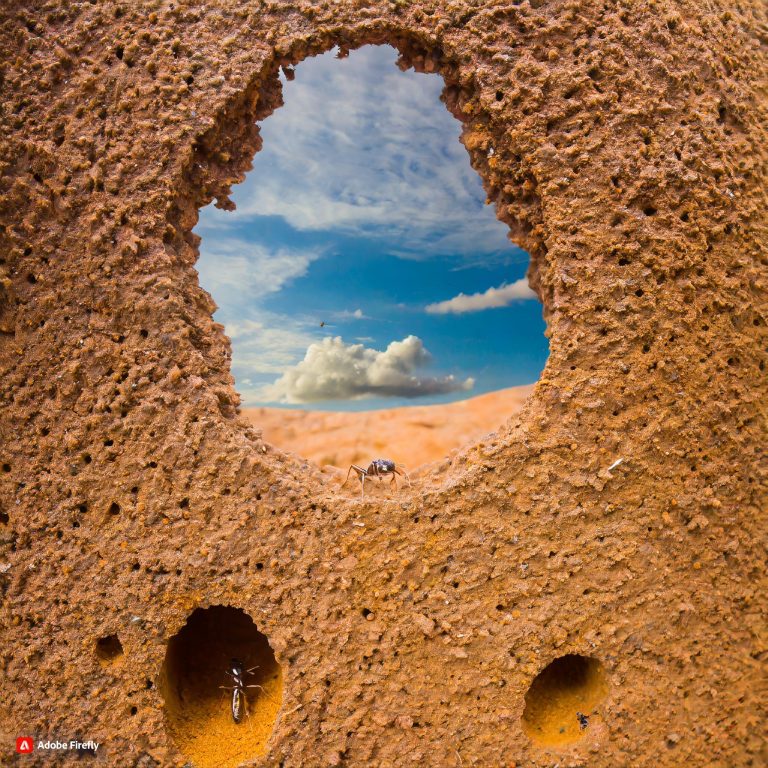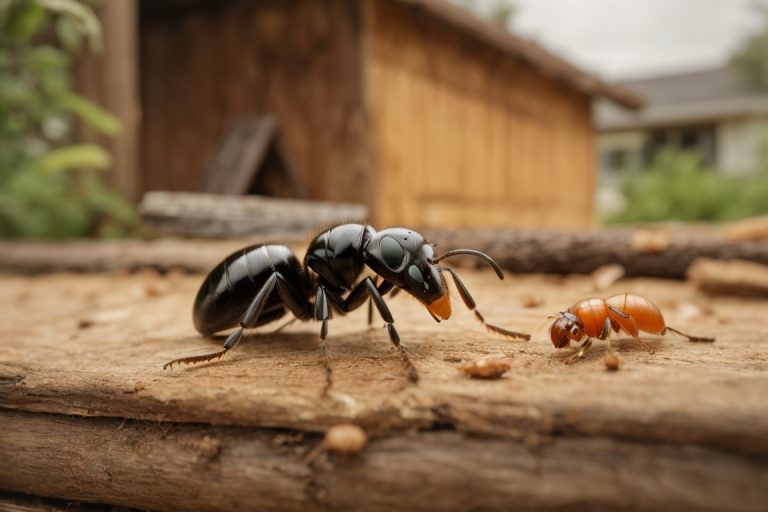Do Termites Eat Drywall? | Know Facts About Termite Eating
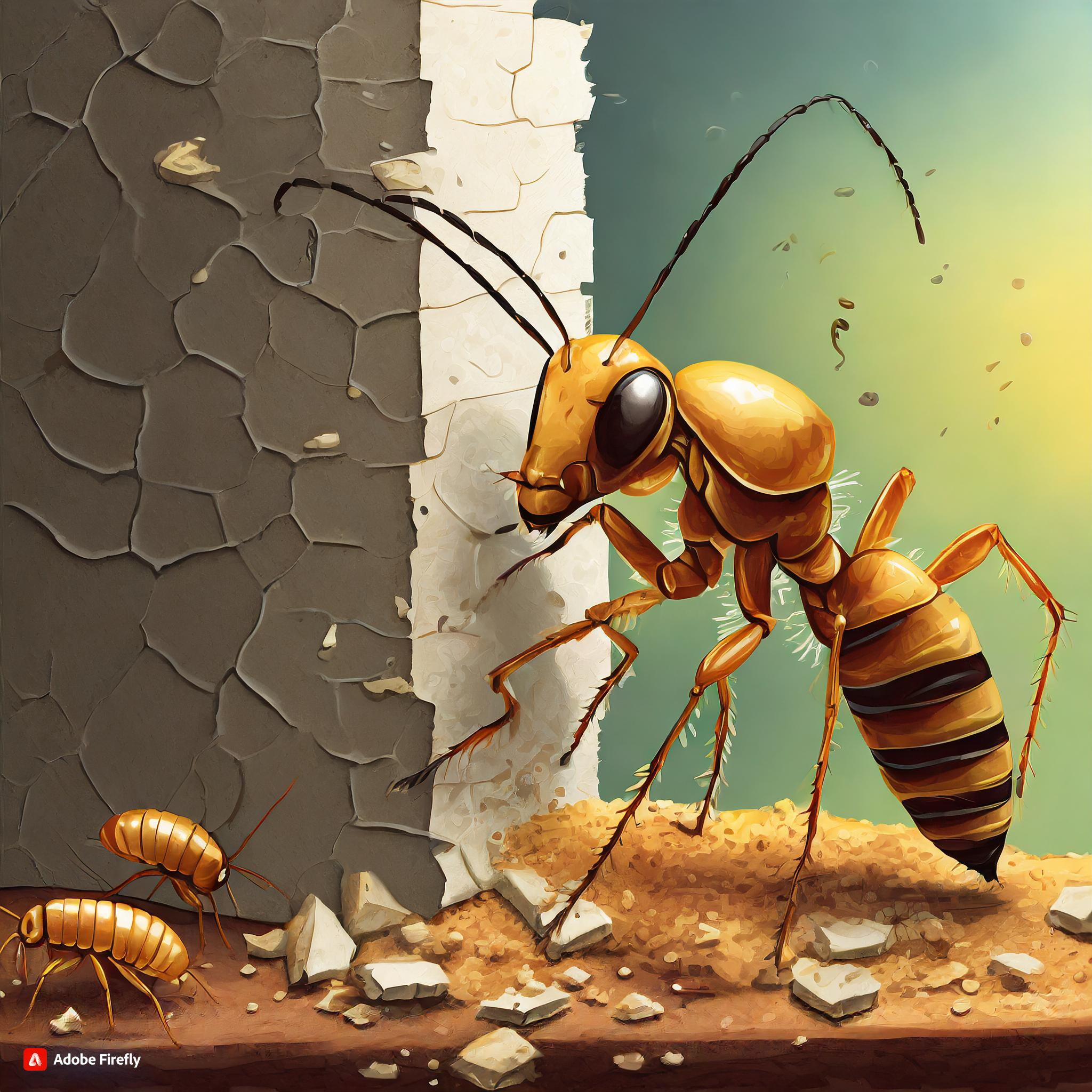
- Will Termites Eat Drywall Walls?
- Do Termites Eat Drywall Ceilings?
- Can Termites Eat Gypsum Board
- Do Termites Eat Drywall Paper Covering?
- Early Signs of Termite Damage in Drywall
- Why Are Termites Attracted to Drywall?
- Preventing Termite Infestations in Drywall
- Areas to Check for Termite Damage in Drywall
- Alternative Food Sources for Termites
Termites can be destructive pests and cause severe damage to your home. You may be aware that termites are attracted to cellulose-rich wood. But Do Termites Eat Drywall also? Keep reading to understand the facts about how termites can cause damage to your home by eating drywall.
Will Termites Eat Drywall Walls?
Yes, termites will eat drywall walls. The cellulose material that drywall is made from is an appealing food source for these cellulose-loving pests. Both subterranean and drywood termites live in and feed on wood will tunnel through drywall to reach wood sources behind walls. They may also consume paper layers in drywall when food is scarce.
While termites prefer wood, they can and will eat drywall when other cellulose sources run low. Damaged drywall is one of the most common signs of a termite infestation.
Do Termites Eat Drywall Ceilings?
Ceilings are another common area for termite damage. Termites may create mud tubes along ceiling joints as they follow plumbing, wiring, and wooden beams. Tunnels in drywall ceilings indicate active termites inside searching for food.
In addition to tunnels, other termite signs in drywall ceilings include:
- Hollow sounding areas when tapped
- Sagging sections of drywall
- Tiny pinholes peppering ceiling surface
- Sawdust-like frass around holes
These are all signs termites have breached the drywall layer and could be causing structural damage.
Can Termites Eat Gypsum Board
Gypsum board, also called drywall or sheetrock, contains gypsum between paper layers. And yes, termites will consume gypsum board when other cellulose food sources run low.
While termites prefer wood, they can digest gypsum to extract nutrients when needed, contributing to a termite problem. Their saliva breaks down the gypsum into digestible carbohydrates.
Greater concentrations of gypsum over wood fiber make drywall less appealing. But termites will still eat it if no other cellulose is available.
This is why fixing minor drywall damage from leaky roofs etc. is recommended. Termites detect compromised drywall and use it as an entry point.
Do Termites Eat Drywall Paper Covering?
The paper layers on drywall are pure cellulose. This makes them a perfect food source for termites. When termites breach drywall layers, they will readily consume the outer paper coating. This leaves underlying gypsum board exposed.
You may see signs of termites eating drywall paper if small sections are stripped or missing. It causes a blotchy, damaged appearance on drywall surfaces.
Drywall paper alone may not sustain termite colonies long term. But termites will eat it while actively burrowing and tunneling within walls searching for wood. Any drywall damage should be inspected for termites by a pest control company.
Early Signs of Termite Damage in Drywall
Catching termites early is key to preventing extensive damage. Here are some of the earliest signs of termites inside drywall:
Pinholes
Tiny pinholes peppering drywall indicate termites created entry/exit points. Watch for sawdust-like “frass” around holes, confirming termite activity.
Mud Tubes
Mud tubes running along where walls meet floors or ceilings may contain termites traveling to wood food sources. Break termite tubes open to check for discarded wings or insects that bang their heads.
Hollow Drywall Sections
Tap along walls/ceilings listening for hollow areas indicating potential termite damage. Drywall damage is often hidden behind paint or wallpaper.
Warped Surfaces
Termites eat away drywall layers behind finished surfaces, causing visible warping, ripples, bubbles or sagging sections if infestations grow large enough.
Catching termites early prevents further feeding and destruction. Call a pest control professional at the first signs of drywall damage for proper termite elimination.
Why Are Termites Attracted to Drywall?
There are a few key reasons why termites are drawn to drywall materials:
- Cellulose Content – Drywall contains cellulose that termites readily consume. Cellulose in the gypsum board and paper fiber offers nutrition to termites.
- Entry Point Access – Compromised drywall from leaks, cracks, etc. allows termites easy access inside of walls to reach wood sources.
- Moisture Detection – Termites detect moisture in damaged drywall from leaks, flooding or condensation. Water can make drywall even more appealing as a food source for termites and increase the damage to your home.
Fortunately, keeping drywall in good repair reduces this termite appeal. Fixing cracks, eliminating moisture issues, and sealing potential entry points limits termite interest.
Preventing Termite Infestations in Drywall
While termites find drywall appealing, there are ways to reduce their interest and prevent destruction:
- Fix Drywall Cracks – Seal up any cracks right away so termites can’t exploit them as entry points into walls. Use mesh wall tape and setting type joint compound for durable repairs.
- Get Rid of Moisture Issues – Address leaks, flooding or condensation issues ASAP. Higher moisture makes drywall even more irresistible to termites looking to nest and feed. Eliminate excess moisture around your home to deter termites and prevent a termite problem.
- Install Termite Barriers – Borate-based chemicals or termite barrier shields can be installed between exterior foundation walls and framing during construction. This hampers termites from entering inner walls.
- Treat with Termiticides Professional termiticide spraying under slabs and around foundations creates a treated zone blocking termites from passing to reach your home’s walls and wood framing, which is a crucial step in termite control.
Stopping termites before they reach drywall is the best form of prevention. Take proactive measures to make your home’s drywall less appealing to these hungry invaders!
Areas to Check for Termite Damage in Drywall
Termites may exploit drywall anywhere in your home, but certain areas tend to be more vulnerable. Carefully inspect the following places for subtle signs of termite damage:
Baseboards
Baseboards offer cover for termite mud tubes to run from concrete slabs up into walls undetected. Tap along walls under base trim listening for hollow spots behind drywall. Also peer closely for pinholes or tiny cracks near seams revealing termite entry points.
Window and Door Frames
Termites travel towards wood food sources like the framing, headers and sills around windows and doors. Watch inside corners of frames for mud tunnels. Also examine drywall for pinholes, cracking or hollow areas indicating termite feeding within the adjacent wall framing, these are drywall signs of termites.
Ceilings
Ceilings often show some of the most obvious signs of damage from termites active inside walls. Tap along ceiling perimeters listening for hollow areas behind drywall. Popcorn ceilings easily mask subtle termite damage – have these areas carefully inspected.
Plumbing & Electrical Lines
Termites frequently follow plumbing lines and electrical wiring down into walls from wood damaged by moisture above. It’s drywall signs of termites. Visually trace all pipes, utility lines and wire conduits checking drywall for signs of tunnels or holes nearby allowing termites to access utilities traversing through framing.
Be proactive checking vulnerable drywall areas for early termite damage. Confirm presence of live insects if you discover suspicious holes, tunnels or hollow spots so infestations can be addressed before extensive feeding occurs. Catching termites early through a termite inspection protects your home!
Alternative Food Sources for Termites
While termites readily consume drywall as a handy food source, they can also live and thrive long term without it by feeding on these alternative materials:
Termite Diet
| Material | Details |
|---|---|
| Wood | Wood contains the most digestible cellulose sources to sustain large termite colonies. |
| Cardboard | Similar to drywall paper, cardboard boxes and packaging have a cellulose consistency termites can eat. |
| Fabric | Cotton, burlap, linen and other natural plant-based fabrics can serve as alternate termite food when wood is limited. |
| Plant Roots | Subterranean termites may feed on smaller vegetation and living plant roots close to the soil if deeper roots and woody plants aren’t available, and termite inspection should include this area. |
| Trees | Dead trees in forests offer sufficient nourishment for termite survival when other wood food supplies aren’t accessible. |
| Hay | Dry hay and straw are another source of cellulose that termites can consume when wood is scarce. |
| Paper | Paper products like books, files, and documents offer additional cellulose nourishment termites can digest when very hungry. |
| Dung | Some termite species can survive on microbes that break down nutrients in animal dung when no wood or plants are available to eat. |

